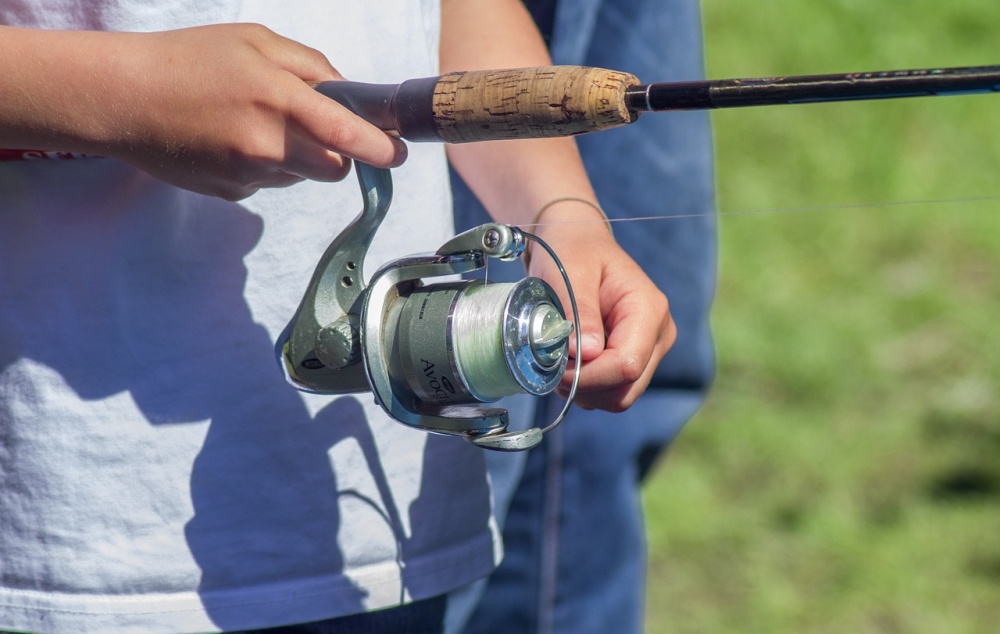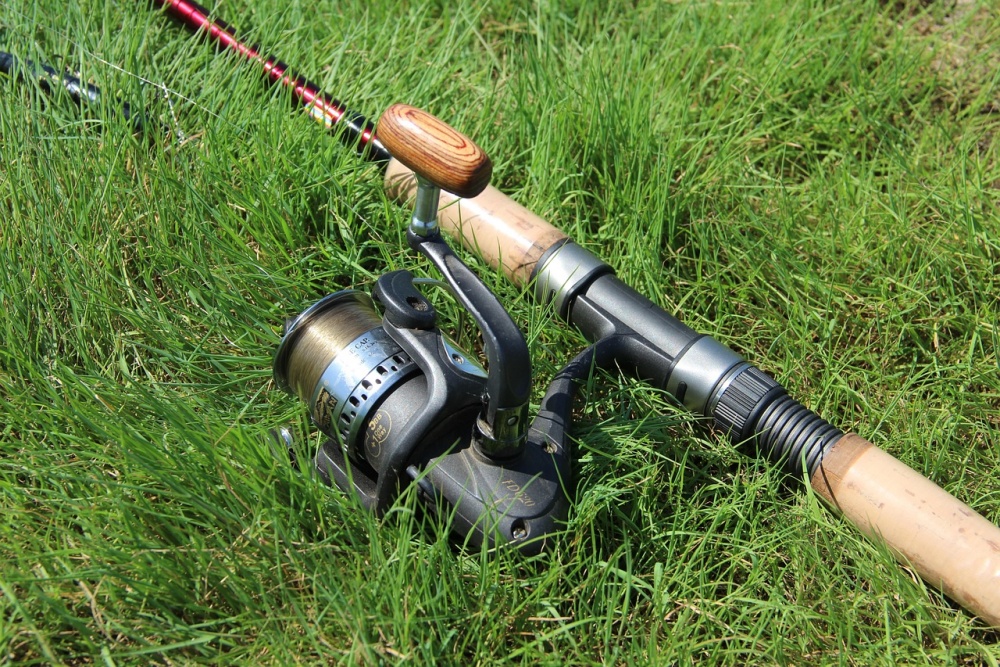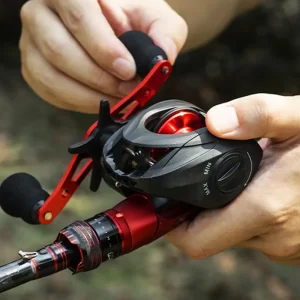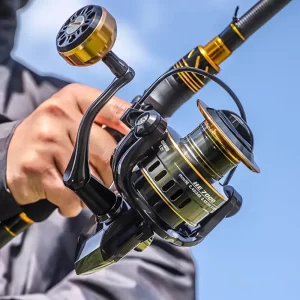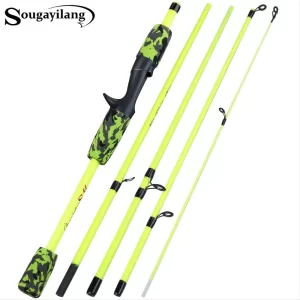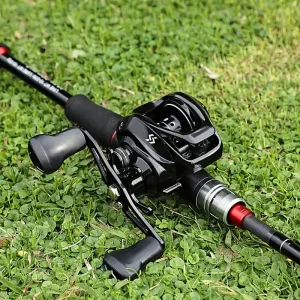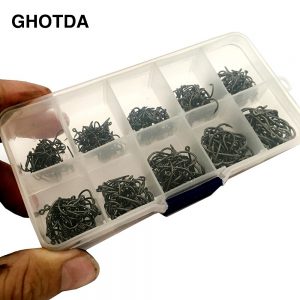Fishing, an activity that has been a part of human culture for millennia, is not only a means of subsistence but also a popular recreational sport. The evolution of fishing gear over the years has been substantial, with modern advancements focusing on enhancing the efficiency and experience of the angler. One critical aspect of fishing gear is the fishing rod, particularly the rod handle, which plays a significant role in balancing weight and sensitivity during fishing.
Understanding the Importance of Rod Handles
The rod handle is more than just a part of the fishing rod where the angler holds; it is the point of contact between the angler and the rod, playing a crucial role in the transmission of vibrations from the line to the angler’s hand. The design, material, and construction of the rod handle influence the overall performance of the rod, affecting factors such as balance, sensitivity, and comfort.
Materials Used in Rod Handles
Traditionally, rod handles have been made from cork, a lightweight and durable material that provides a comfortable grip even when wet. Cork handles have a classic feel and are preferred by many anglers for their natural appearance and ability to transmit vibrations effectively. However, cork can degrade over time, especially if not properly maintained.
An alternative to cork is EVA foam, a synthetic material known for its durability and resistance to elements. EVA foam handles are often lighter and more durable than cork, providing a comfortable grip that withstands harsh conditions. They are also easier to clean and maintain, making them a popular choice for anglers who frequently fish in challenging environments.
Balancing Weight
The weight of the rod handle contributes significantly to the overall balance of the fishing rod. A well-balanced rod allows for more accurate casting, reduced fatigue, and better control over the line and lure. Manufacturers carefully consider the weight of the handle materials and the distribution of that weight along the rod to achieve the desired balance.
Lightweight materials like cork and EVA foam help to reduce the overall weight of the rod, making it easier to handle and maneuver. The placement of the handle in relation to the reel seat also affects the rod’s balance. A handle that is too heavy or poorly positioned can make the rod feel tip-heavy or unbalanced, affecting the angler’s ability to detect bites and control the line.
Sensitivity and Transmission of Vibrations
One of the key roles of the rod handle is to transmit vibrations from the line to the angler’s hand, allowing them to detect even the slightest nibbles or changes in the movement of the lure. The material and construction of the handle play a significant role in this transmission of vibrations.
Cork, being a natural material, is excellent at transmitting vibrations, allowing anglers to feel subtle bites and changes in the line tension. EVA foam, while not as sensitive as cork, still provides a good level of sensitivity and is often preferred for its durability and comfort. The density and construction of the handle material can also affect sensitivity, with denser materials generally providing better vibration transmission.
Ergonomics and Comfort
Fishing can be a prolonged activity, and the comfort of the rod handle is an essential factor to consider. An ergonomic handle design that fits comfortably in the angler’s hand can reduce fatigue and improve the overall fishing experience. Manufacturers often design handles with contours and shapes that provide a natural and comfortable grip, reducing strain on the angler’s hand and wrist.
Handles with a larger diameter or those made from softer materials can provide a more comfortable grip for anglers with larger hands or those who prefer a softer touch. Conversely, handles with a smaller diameter or firmer materials might be preferred by anglers who seek more sensitivity and control.
Customization and Personal Preferences
The choice of rod handle is often a matter of personal preference, with anglers selecting handles based on their fishing style, target species, and personal comfort. Some anglers prefer the classic feel and sensitivity of cork handles, while others opt for the durability and maintenance ease of EVA foam. Custom rod builders also offer the option to personalize handles, tailoring them to the specific needs and preferences of individual anglers.
The rod handle is a critical component of the fishing rod, playing a significant role in balancing weight, sensitivity, comfort, and overall performance. The choice of material, construction, and design of the handle can significantly impact the fishing experience. Whether an angler prefers the traditional feel of cork or the modern durability of EVA foam, the right rod handle can enhance the efficiency and enjoyment of fishing, making it a crucial consideration for both recreational and professional anglers.


